From the mailbag:
…I didn’t see anything mentioned about variable droplet sizes. With 2880 you’re always using the smallest size droplet…where as with 1440 you are getting a mixture of large, medium, and small droplets. So sometimes 1440 can look smoother because of the way these various sized droplets “fit” together.
Or that was the thinking a while back. I never did any real scientific testing.
That does seem to be conventional wisdom. However, I think the effects are so subtle to be a matter of taste.
Here’s a target I generated to test smoothness. It’s a simple vertical gradient, with a few black one-pixel lines across it so that I can find the same spot in different prints. It’s very small — just 150 pixels on a side. What you see here is four times the linear resolution (sixteen times the aerial resolution) upsampled using nearest neighbor.
Here’s what you get when you print it out at 360 ppi on the Epson 3880 with Finest Detail cleared and the driver set to 2880/1440 dpi, which only allows the smallest drops:
Here’s what you get when you print it out at 360 ppi on the Epson 3880 with Finest Detail cleared and the driver set to 1440/720 dpi, which allows all three drop sizes:
I don’t find a lot to choose between these images. That’s also my impression when viewing the prints with the naked eye and under a loupe.
Let’s look at the microstructure. In the light tones, all the dots are small whatever resolution you pick. Here’s 2880/1440:
And at 1440/720, it looks like this:
In near the next darker line, here it looks like this at 2880/1440:
At 1440/720, maybe you can see a few larger dots, but the smoothness is similar:
Near the lower 3/4 line, the 2880/1440 print looks like this:
And the 1440/720 print looks like so:
They are not identical, but smoothness differences? I don’t know…
Note: In the interest of prserving subtle differences, none of the images in this post have been manipulated in any way, not even color corrected.
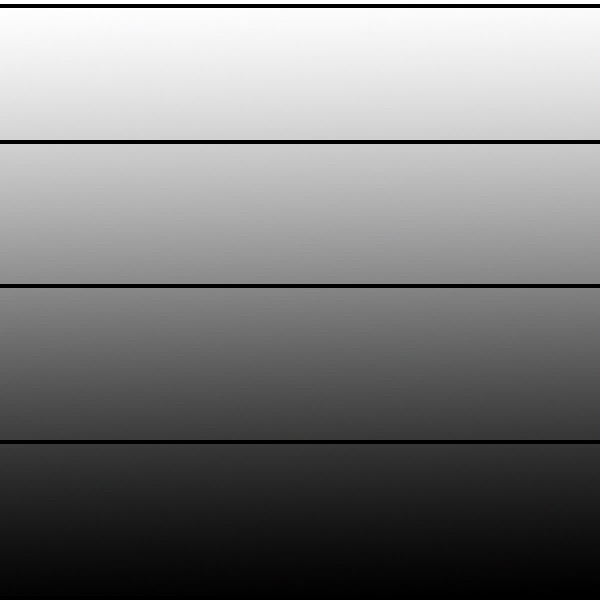
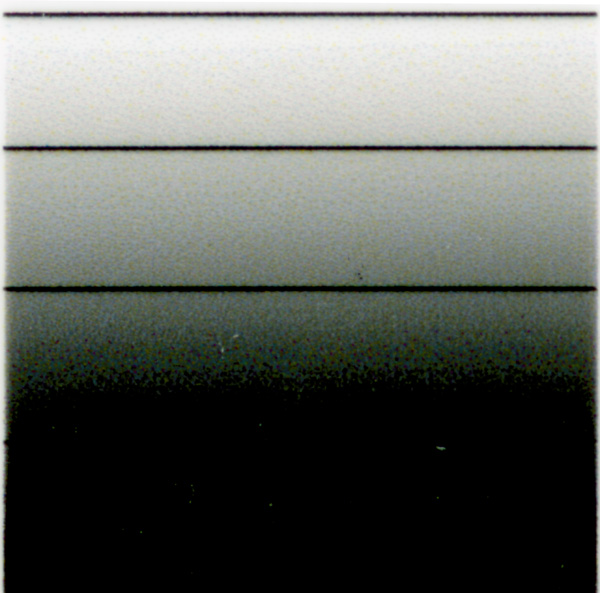
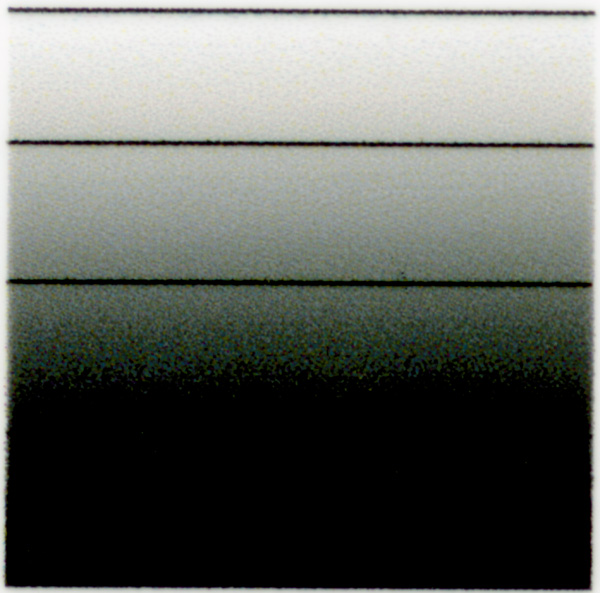
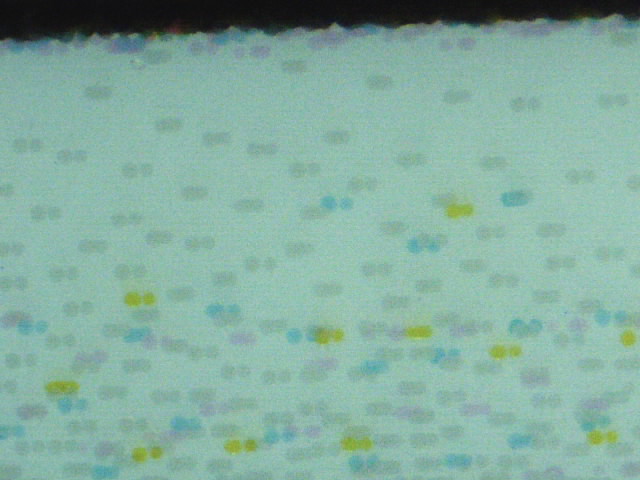
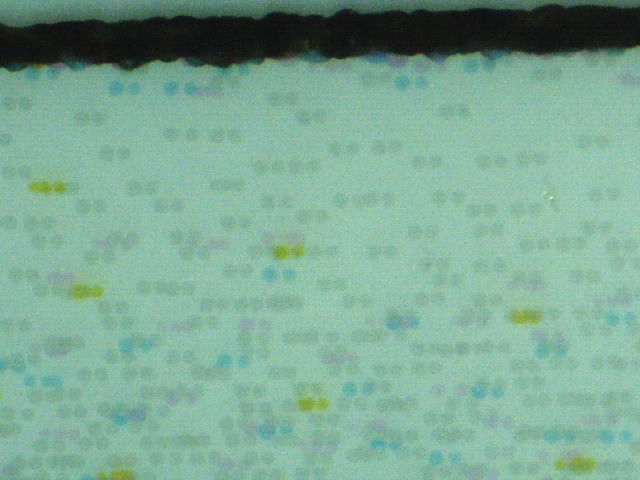
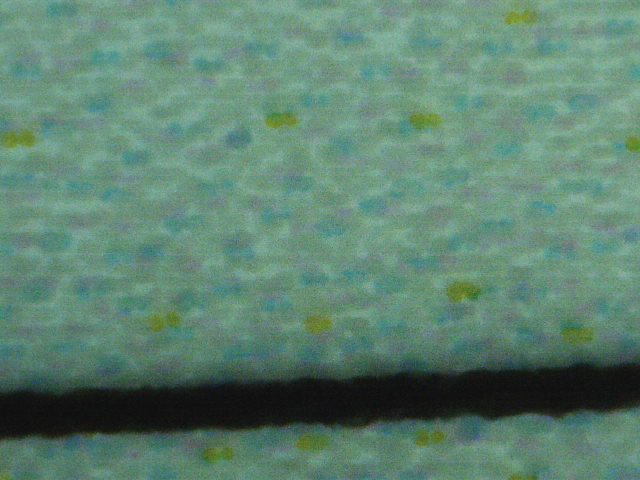
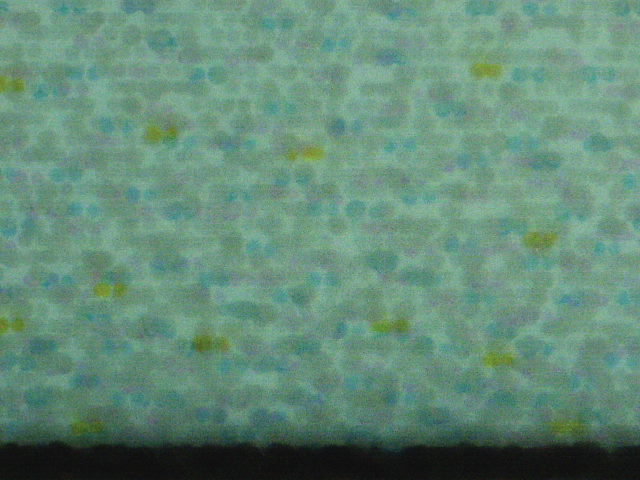
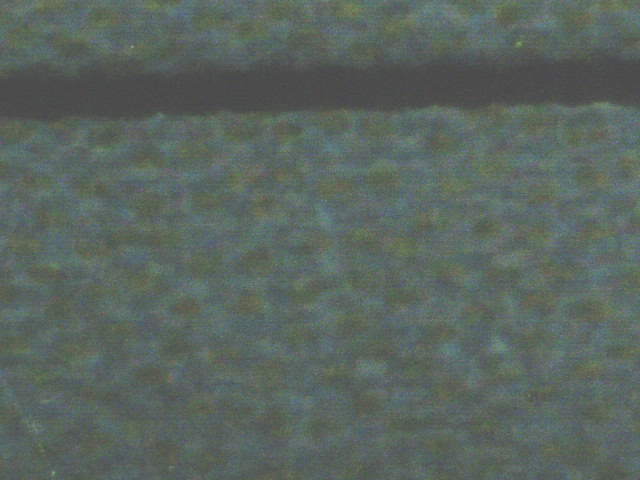
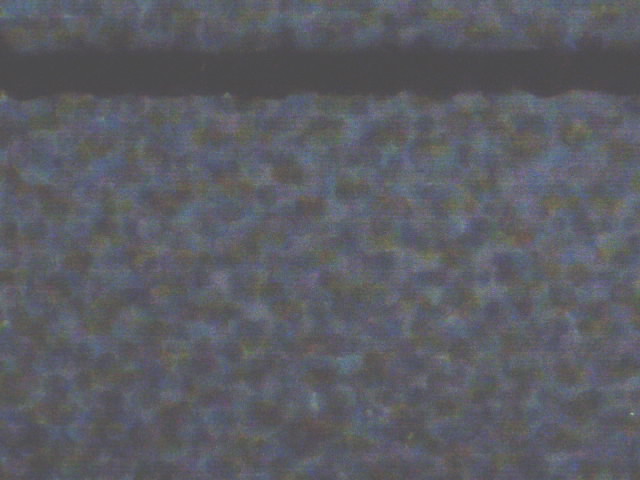
Leave a Reply